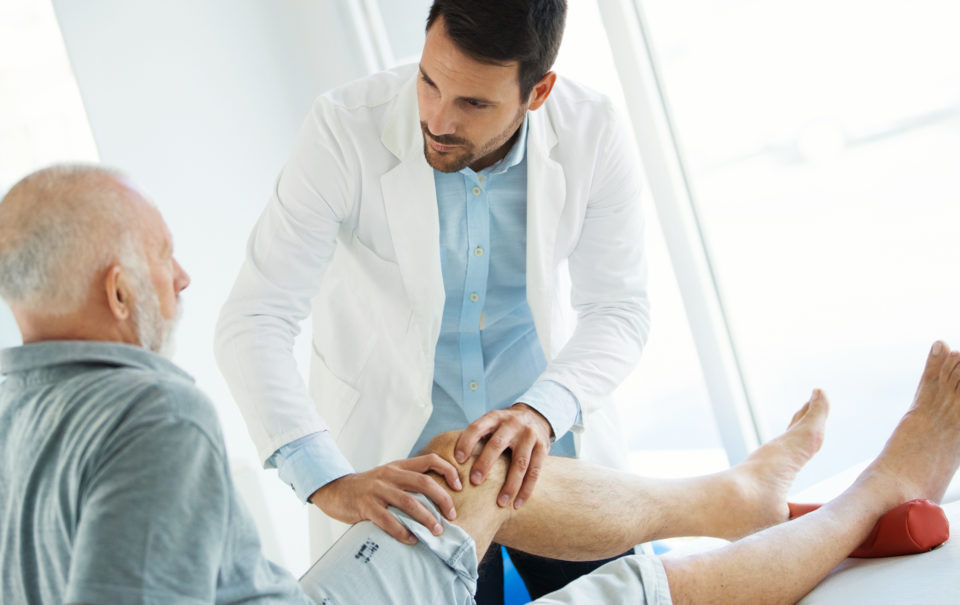
A study recently published in BMC Musculoskeletal Disorders examined the relationship between joint hypermobility and multiple joint osteoarthritis (MJOA).
Between 10% and 25% of adults have joint hypermobility, according to the study authors. “Hypermobility may contribute to joint injury (microtraumas over time from stresses to joint structures at extremes of range of motion or an increased susceptibility to a single major traumatic event), pain, and damage to atypical contact areas of cartilage tissue,” they wrote. “Due to this propensity for altered biomechanics and injury, joint hypermobility may be a unique risk factor for [osteoarthritis (OA)].”
Criteria for Joint Hypermobility and MJOA
Beighton score ≥ 4 was the threshold for joint hypermobility. The researchers collected four MJOA definitions (MJOA-1 through -4) from a systematic literature review:
- MJOA-1: involvement of ≥ 1 interphalangeal (IP) nodes and ≥ 2 sites (one site indicates one joint) including hip, knee, and spine
- MJOA-2: involvement of ≥ 2 IP joints, ≥ 1 carpometacarpal (CMC) joints, and knee or hip sites
- MJOA-3: involvement of ≥ 5 joint sites from among distal interphalangeal (DIP), proximal interphalangeal (PIP), CMC, hip, knee, or spine sites
- MJOA-4: involvement of ≥ 2 lower body sites (hip, knee, or spine)
Patients were evaluated for radiographic OA (rOA) and symptomatic OA. For rOA, patients underwent hands (posteroanterior), knees (weight-bearing fixed-flexion posteroanterior with a Synaflexer device), hips (supine anteroposterior), and lumbar spine (lateral) radiographs, and the Kellgren-Lawrence grading (KL) scale was used; a KL of ≥ 2 defined knee, hip, and hand joint rOA. For symptomatic OA, patients demonstrated multiple joint rOA as well as symptoms in ≥ 1 joint site in each definition. For the hands, an exam assessed tenderness in each specific joint site. For the other sites, patients were asked, “On most days, do you have pain, aching, or stiffness in your [right/left knee, right/left hip, lower back]?”
Small Association in One Definition
Between 2003 and 2010, 1,677 patients (mean age, 69 years; 68% female) completed research clinic visits, where MJOA and joint hypermobility data were gathered.
Overall, 3.9% of patients filled the criteria for joint hypermobility, and 63% met any MJOA definition. Patients with joint hypermobility were significantly less likely to have radiographic and symptomatic MJOA-1—other than that, there were no associations between MJOA-2, MJOA-3, and MJOA-4 and hypermobility.
The researchers recommended that the MJOA definitions used in their study be applied to other large cohorts. They also called for longitudinal studies to “determine the contribution of hypermobility to the incidence and progression of MJOA outcomes over the life course in cohorts that include younger adults.”

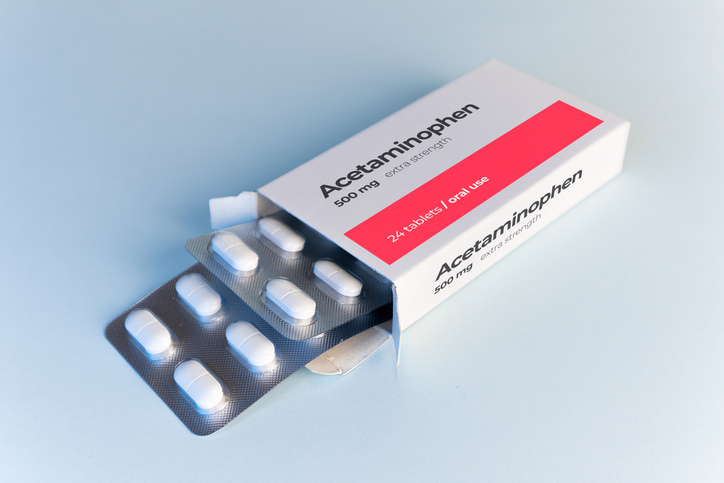
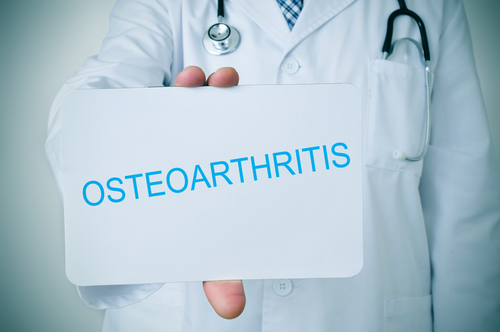
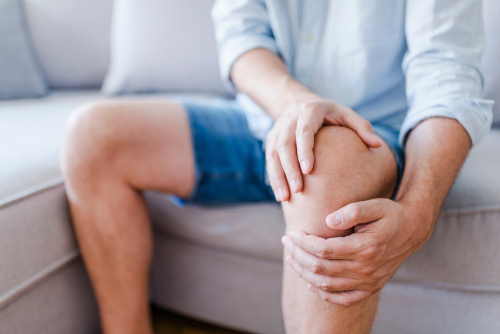
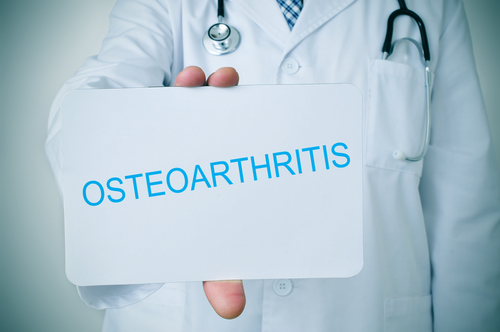


 © 2025 Mashup Media, LLC, a Formedics Property. All Rights Reserved.
© 2025 Mashup Media, LLC, a Formedics Property. All Rights Reserved.